Reportar esta entrada
Más sobre la misma comunidad-colección
Pedro Lerma Sr. y Jovita Nicasio Lerma
Wedding photograph in the 1940's of Mr & Mrs. Pedro Lerma Sr.
El hipódromo - Cleveland - 1970
Winners Circle - Apolonio Valenzuela is the jockey in the middle ...
Hermoso mural en la Iglesia Católica del Sagrado Corazon
Most popular murals of Segundo Barrio, This mural has so much ...
1966 Jugadores del equipo Texas Western (occidente)
Celebration at Cole Field House in College Park, Maryland, site ...
1966 Jugadores del equipo Texas Western (occidente)
Celebration at Cole Field House, College Park, Maryland on ...
El Club de la Mujer de El Paso - 1919
American women gain the right to vote! Passed by Congress on ...
Joe Gomez con Jennifer Han Campeón Mundial de El Paso
Jennifer Han and Joe Gomez after her induction into the El Paso ...
Blue Angels equipo de vuelo - 1955
Blue Angels Flight Team - Date taken - 9-12-55 - NAS Pensacola, ...
Banquete ofrecido por el general Orozco - 1912
Banquet Offered By General Pascual Orozco - to Juan Sarabia.
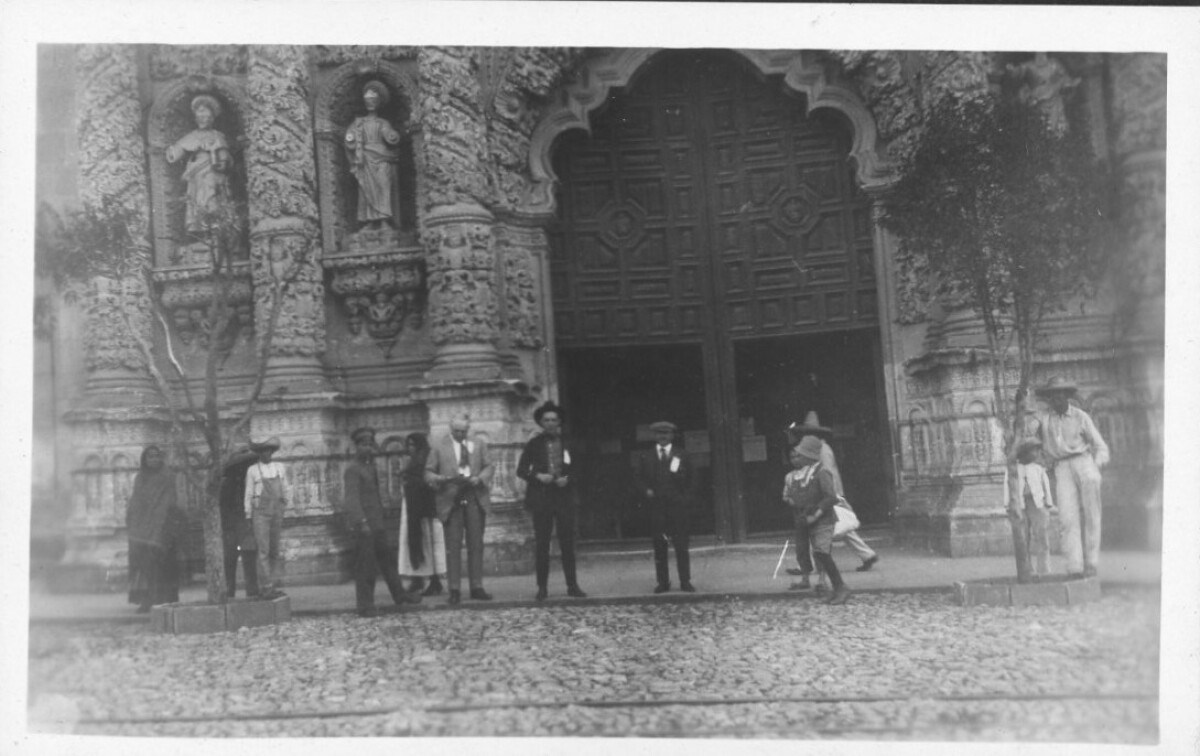
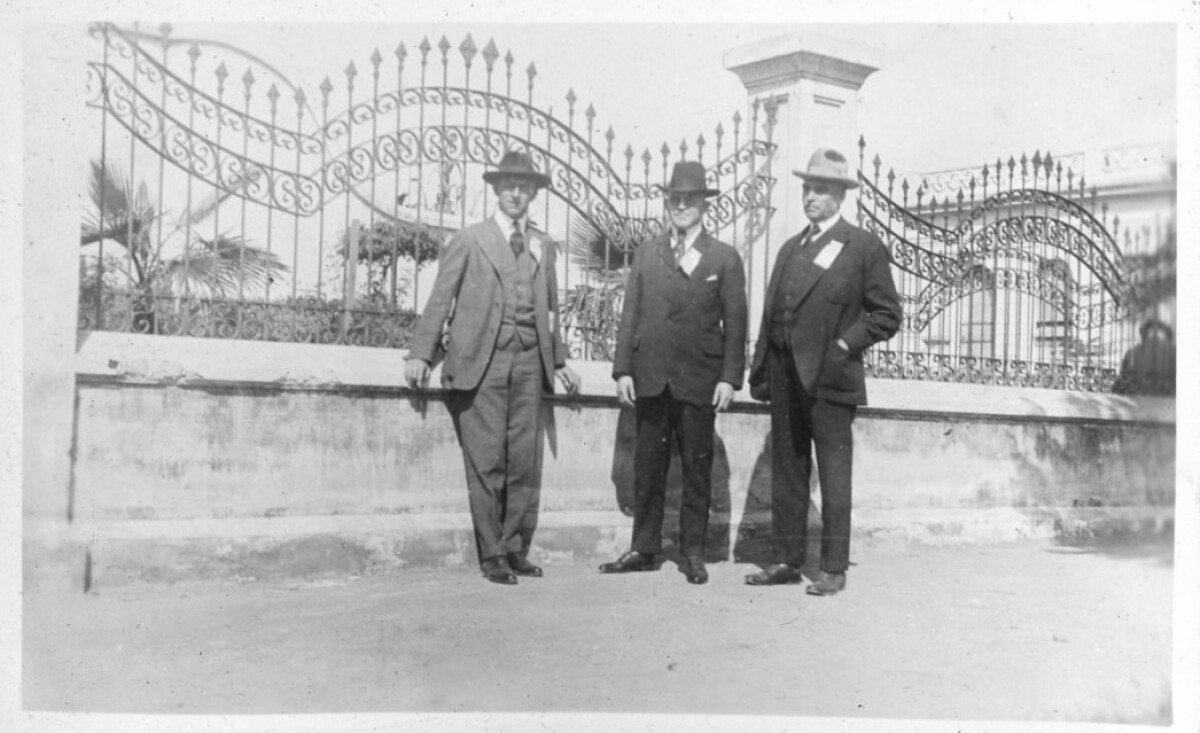
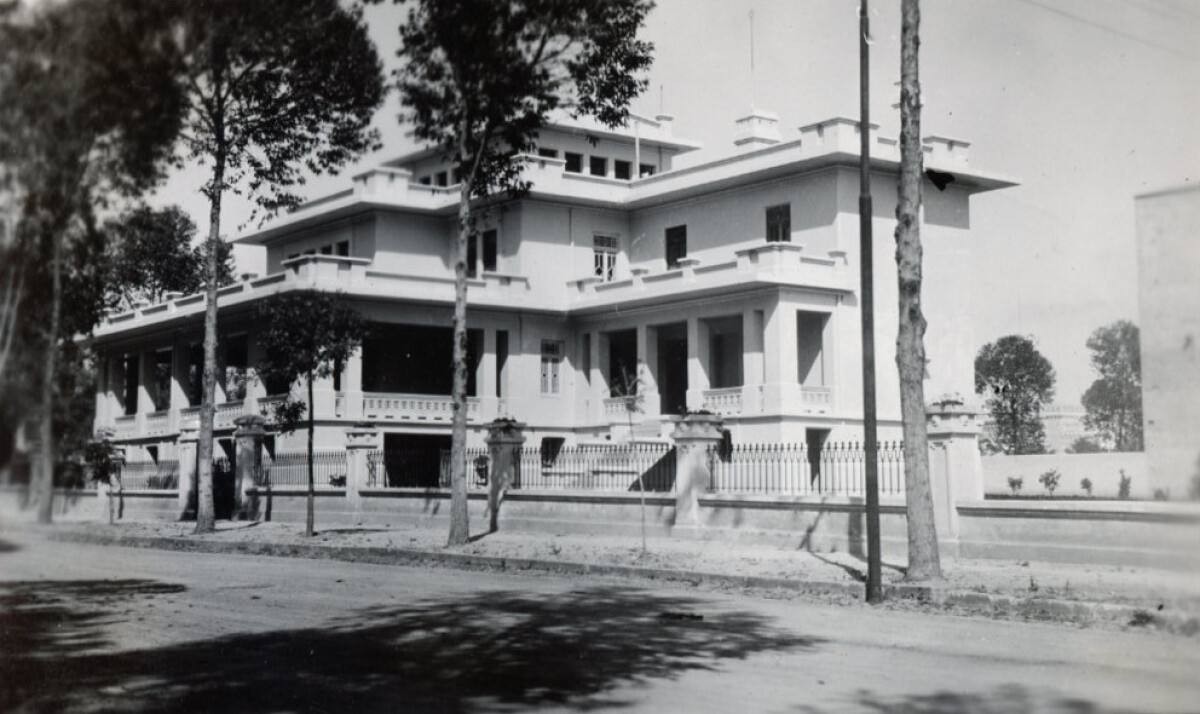
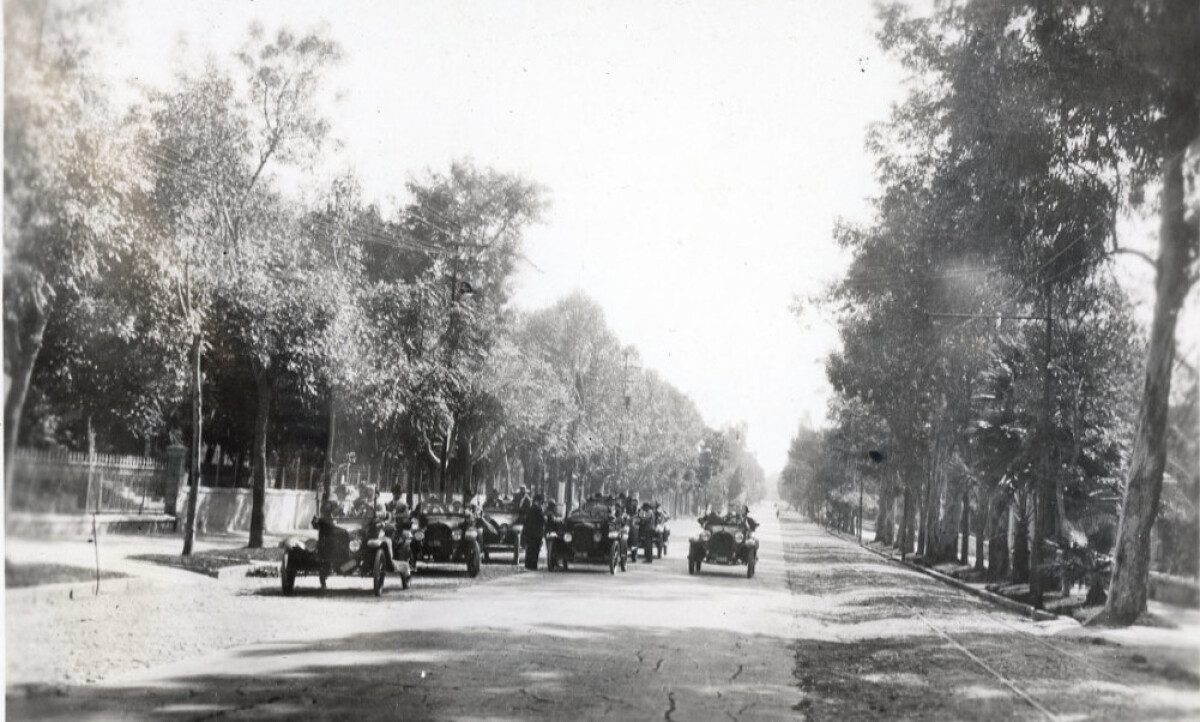
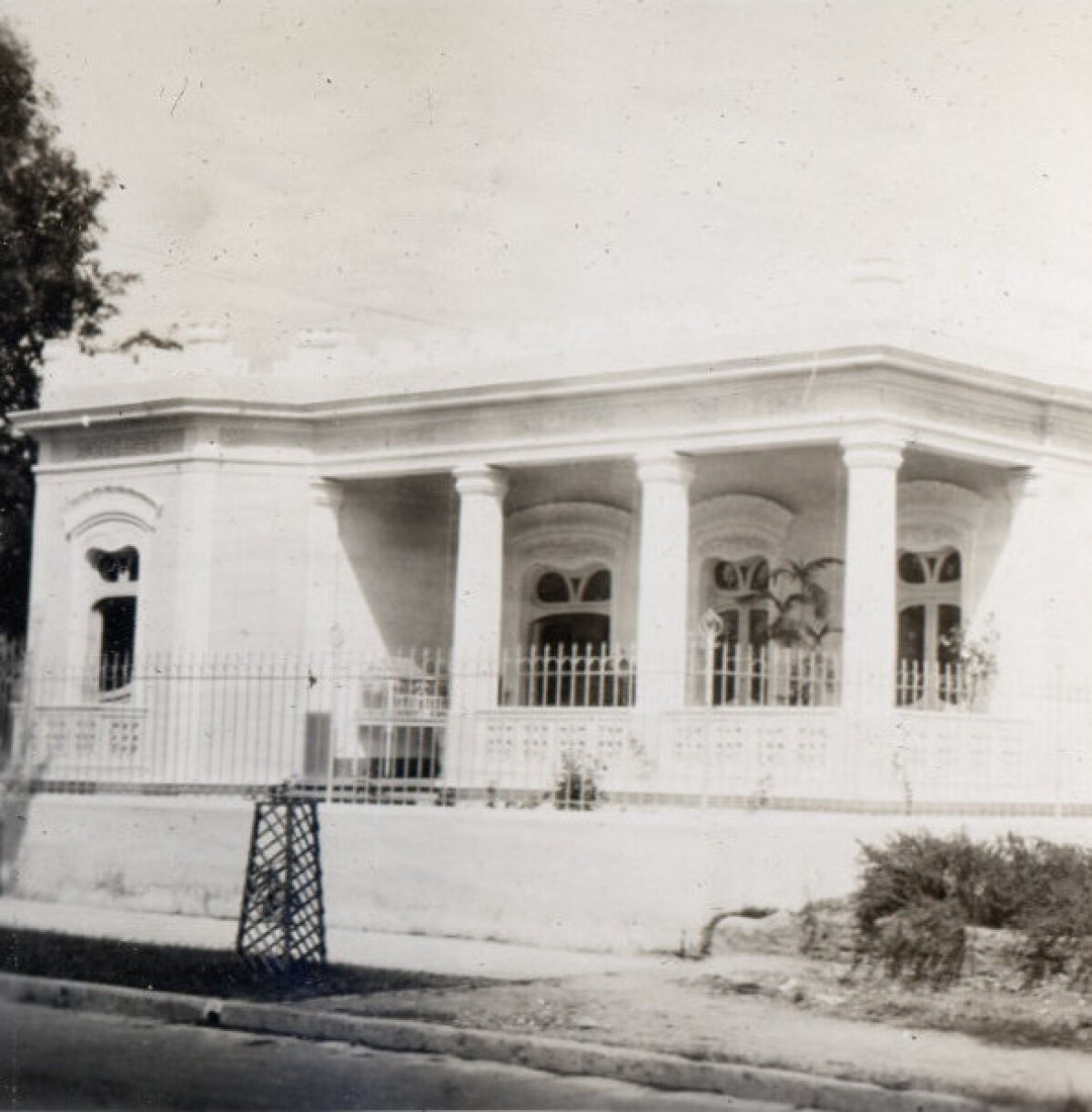
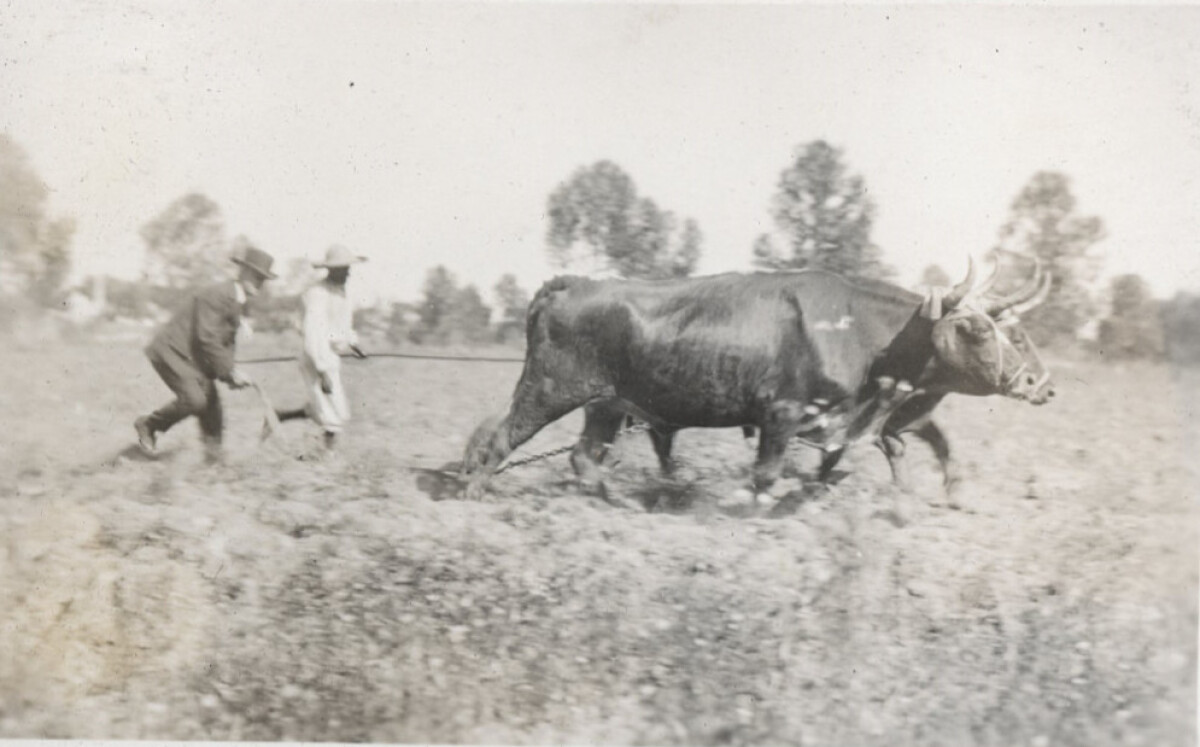
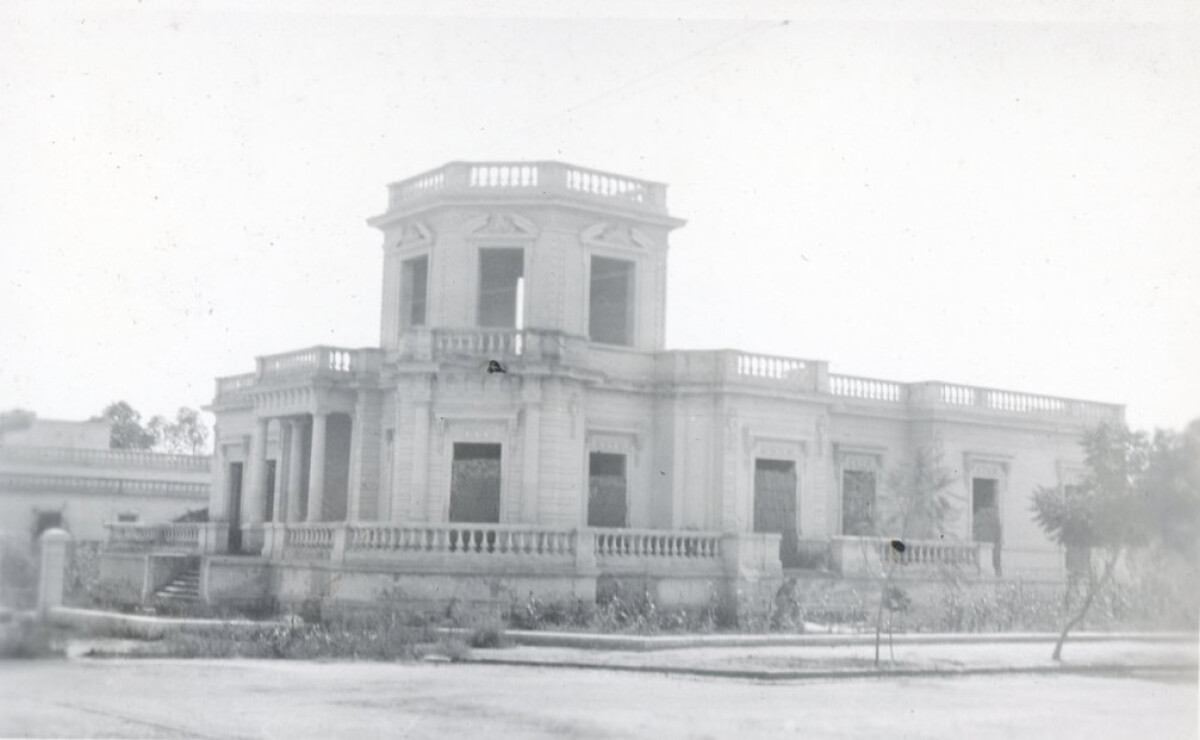
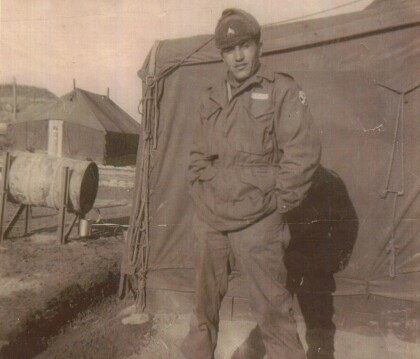
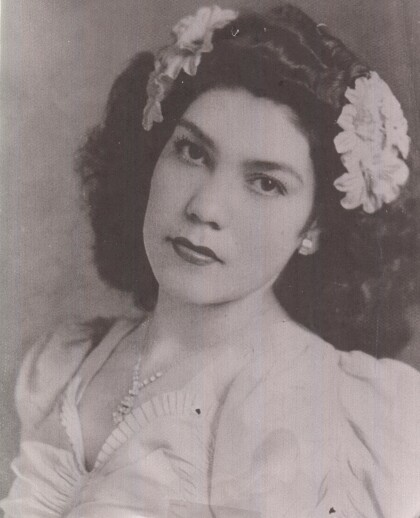
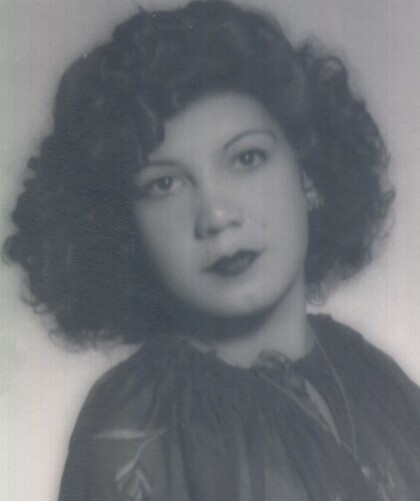
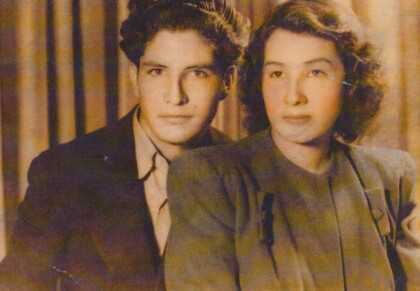
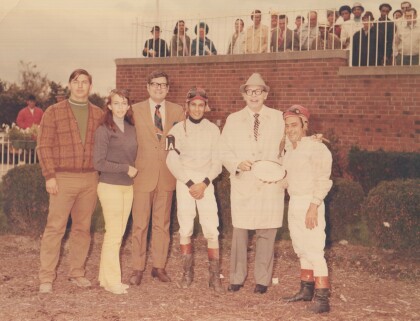
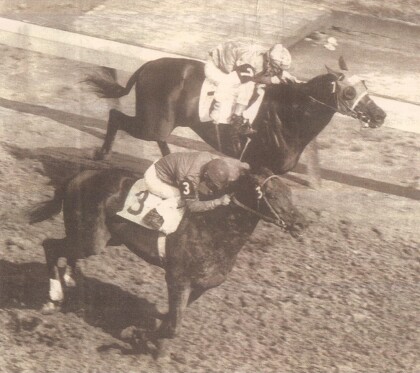
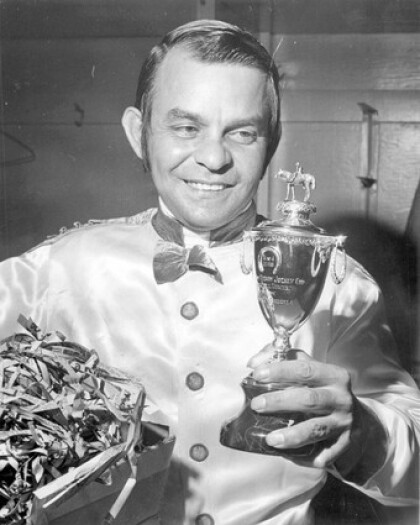
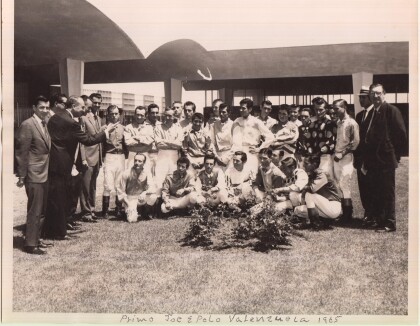
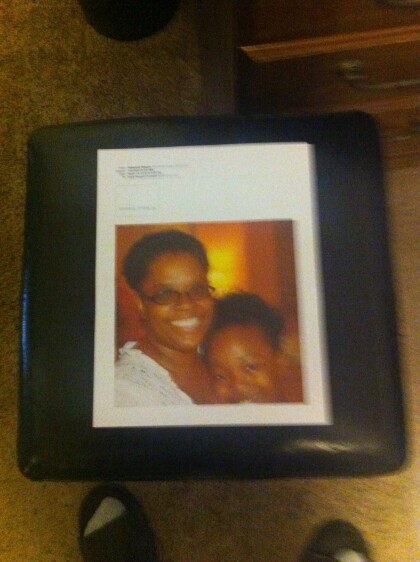
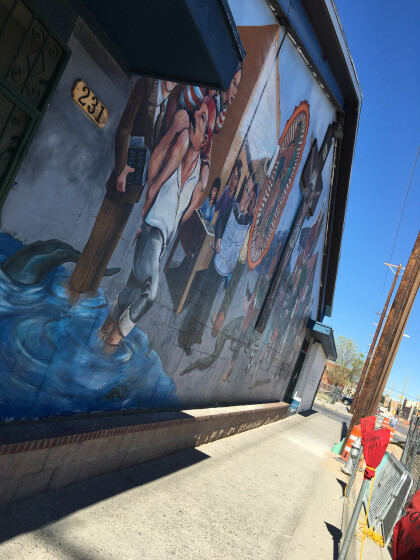
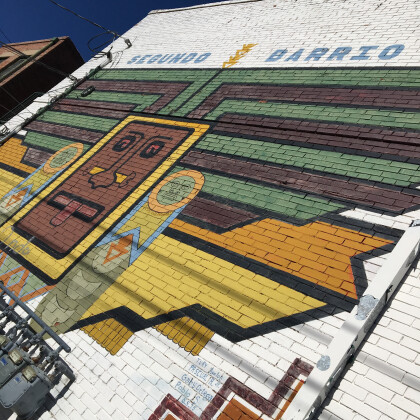
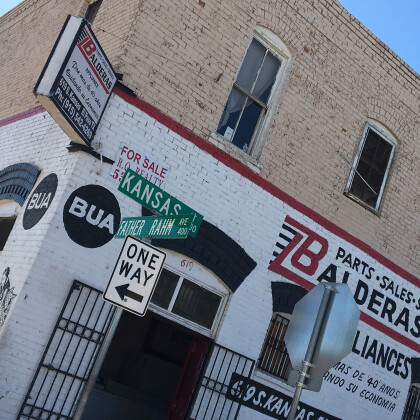
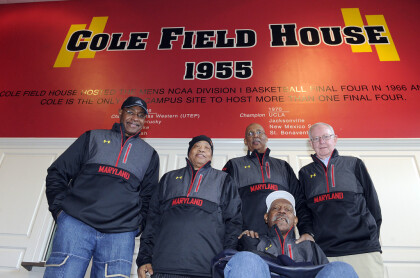
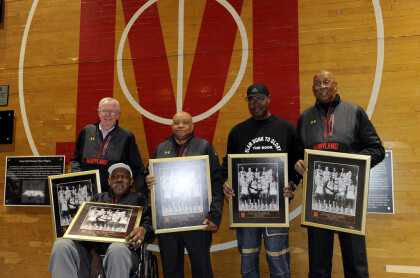
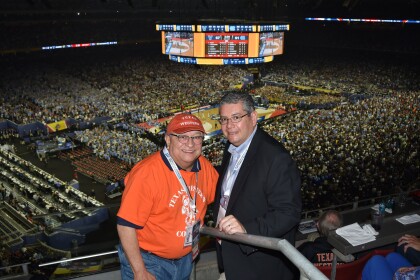
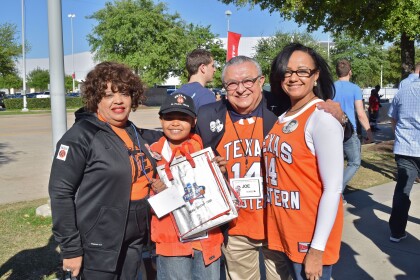
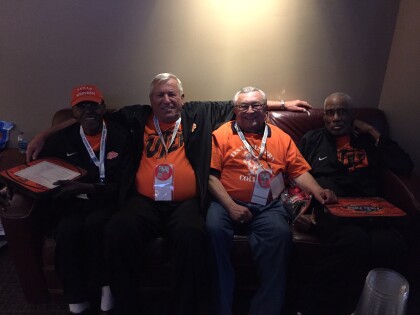
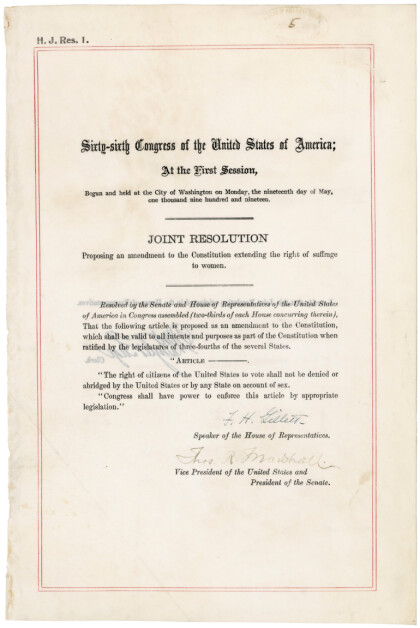
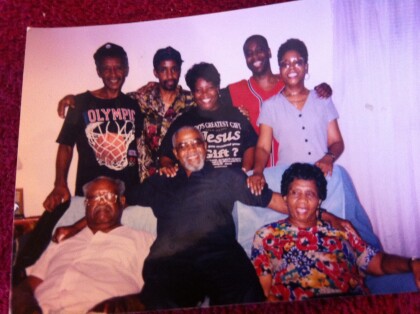
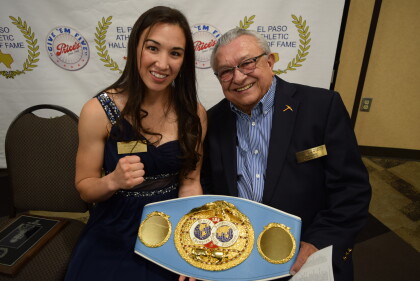
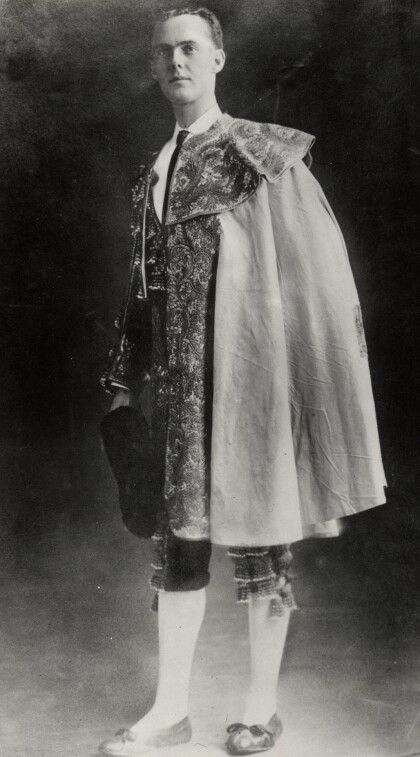
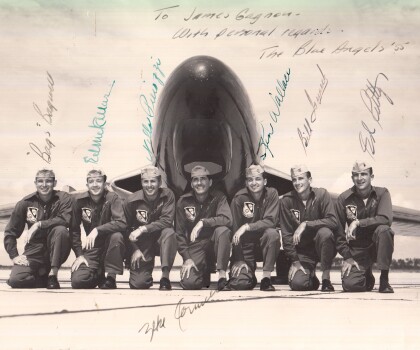
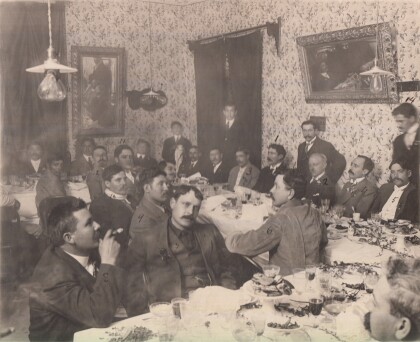
Comentarios
Hacer un comentario